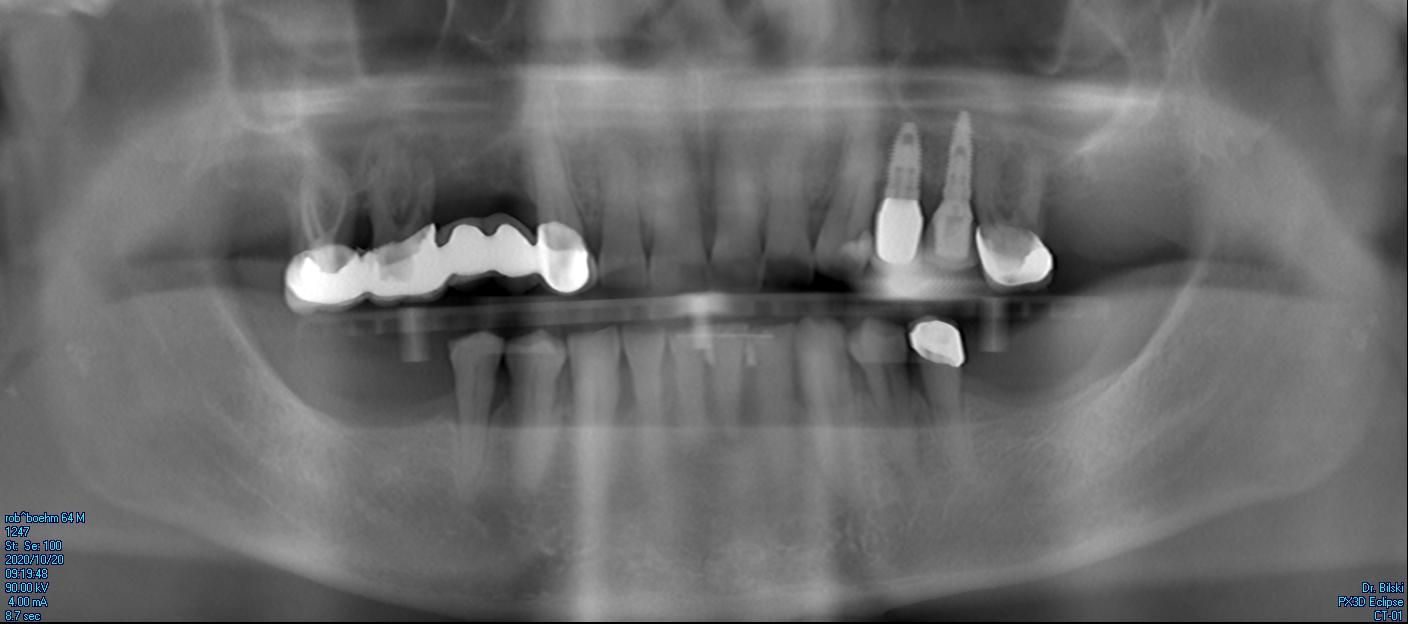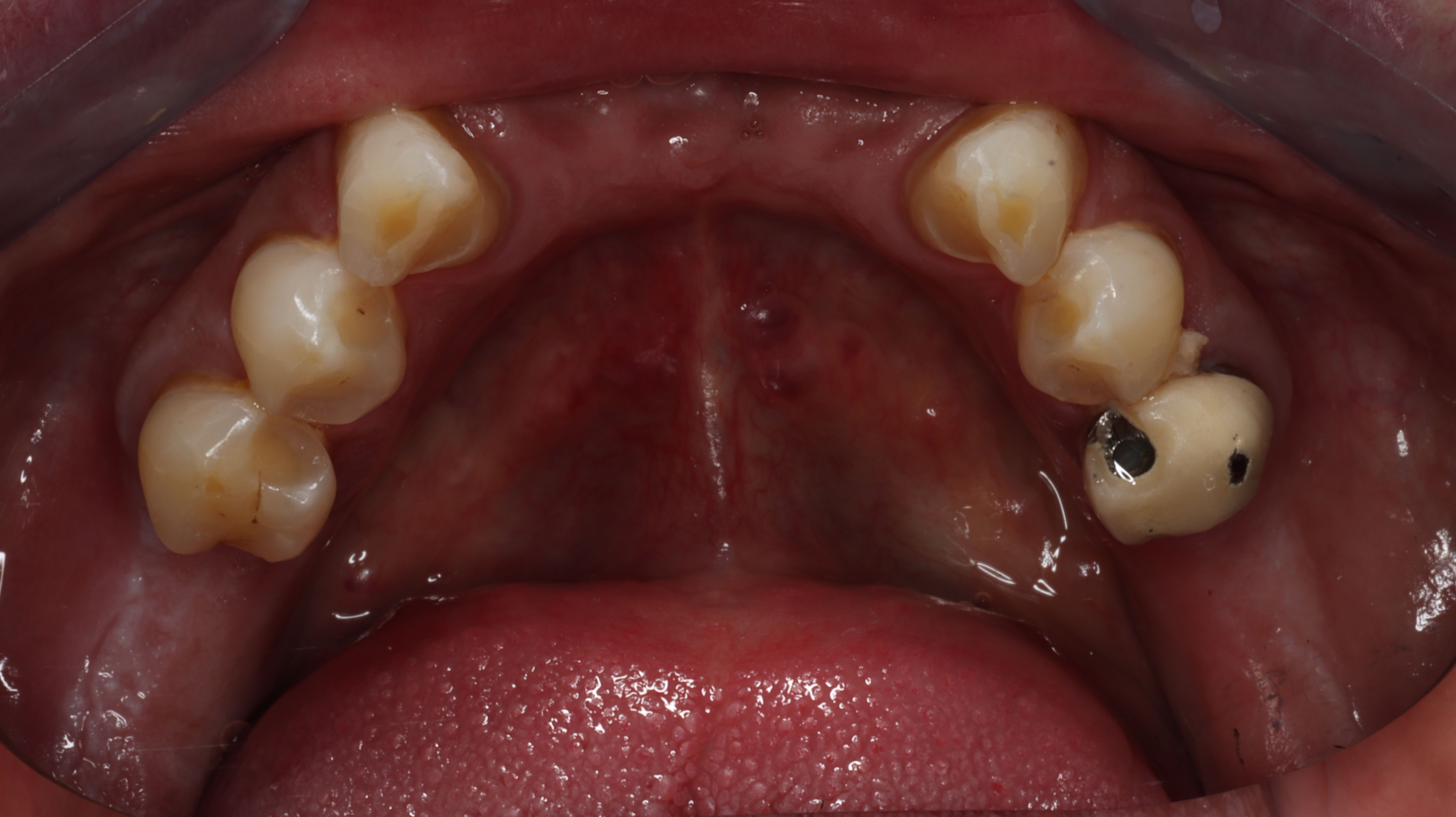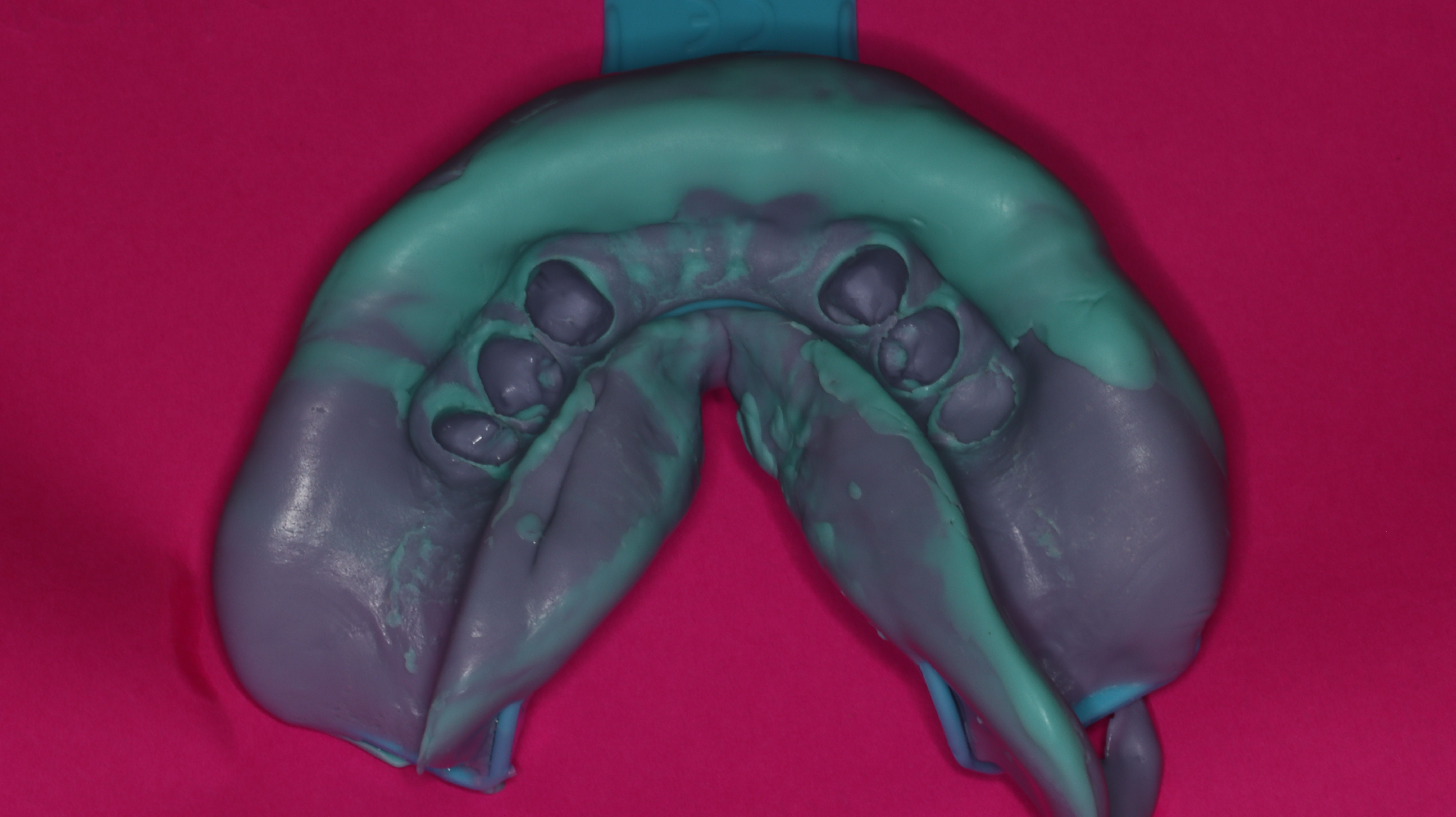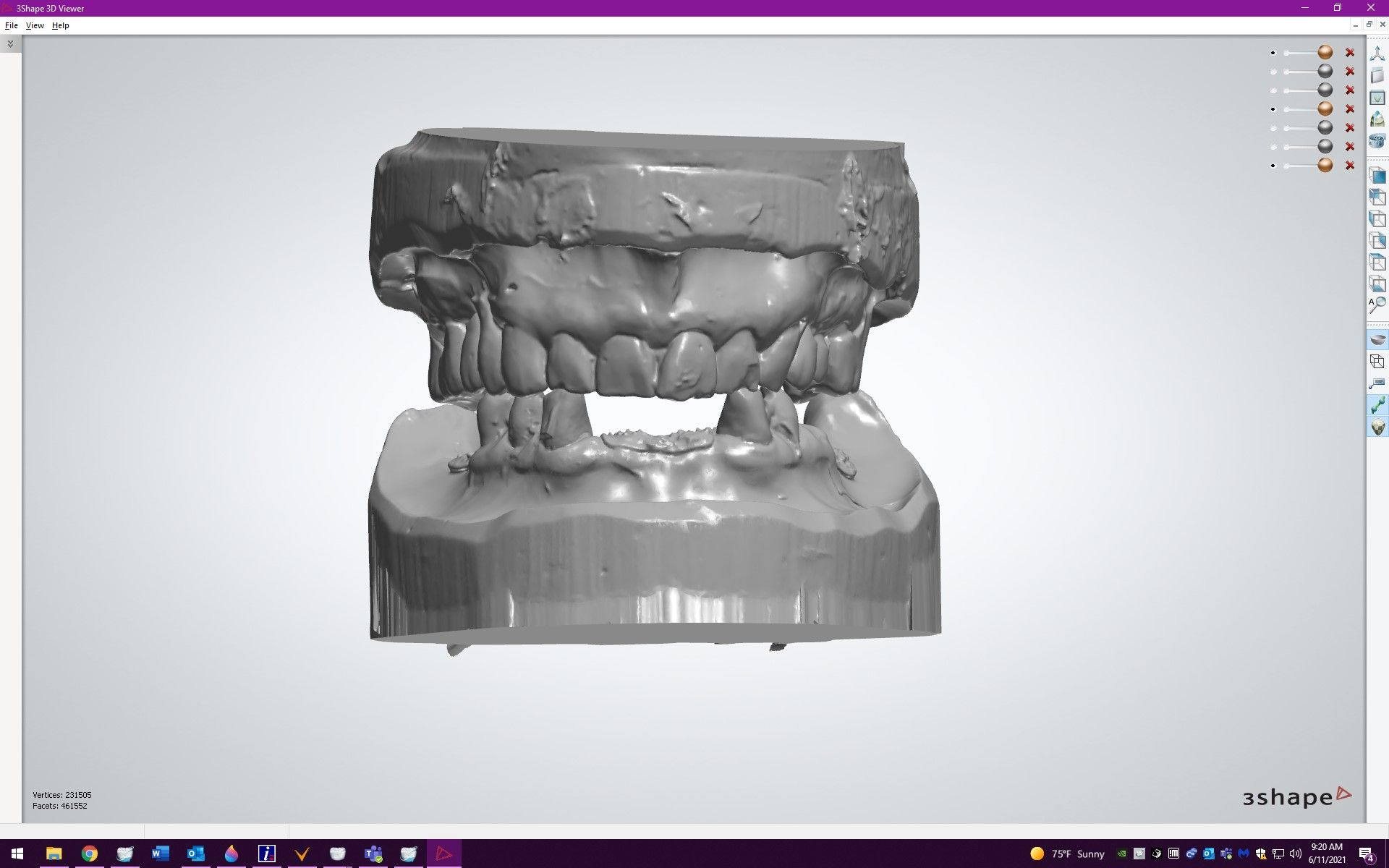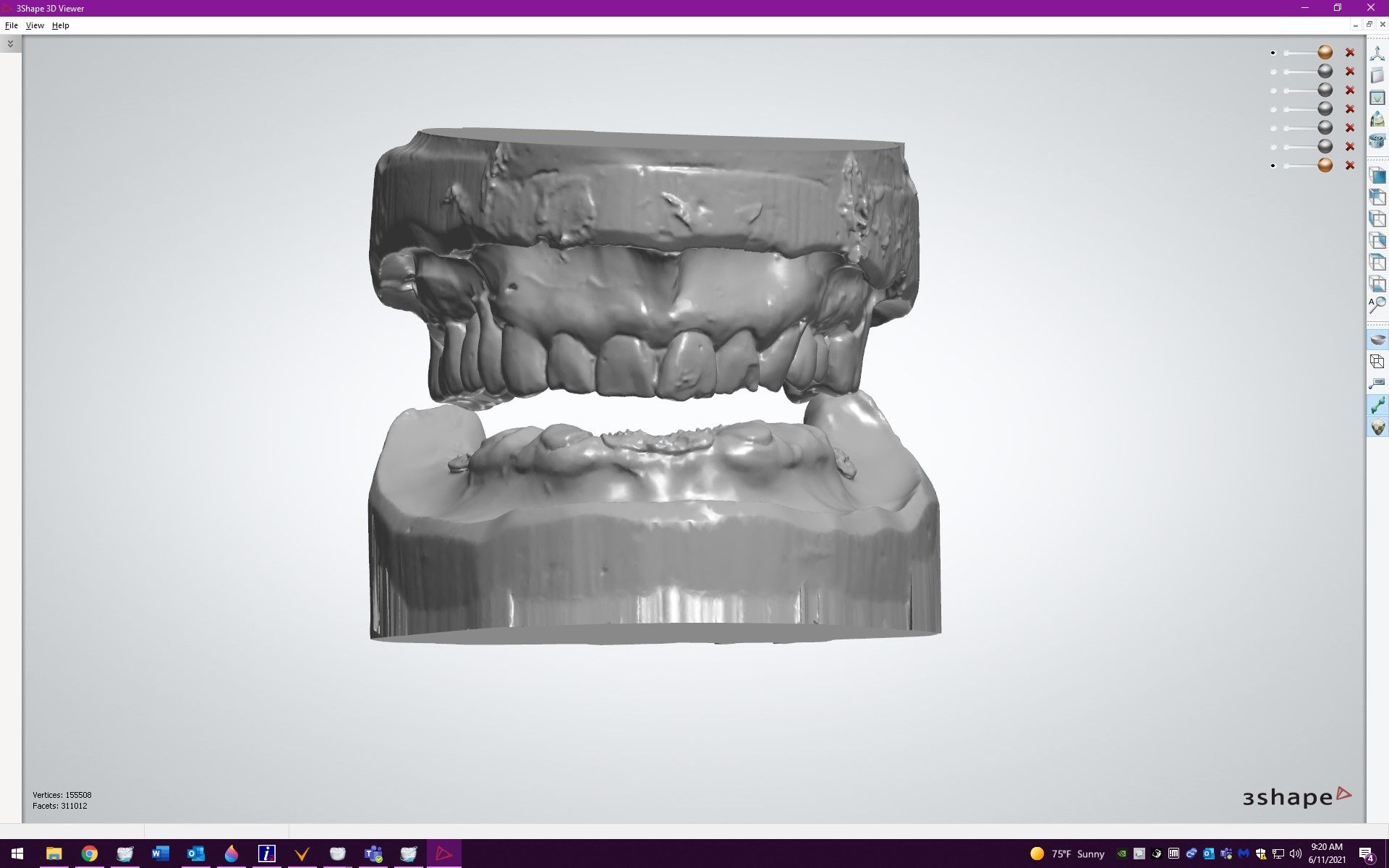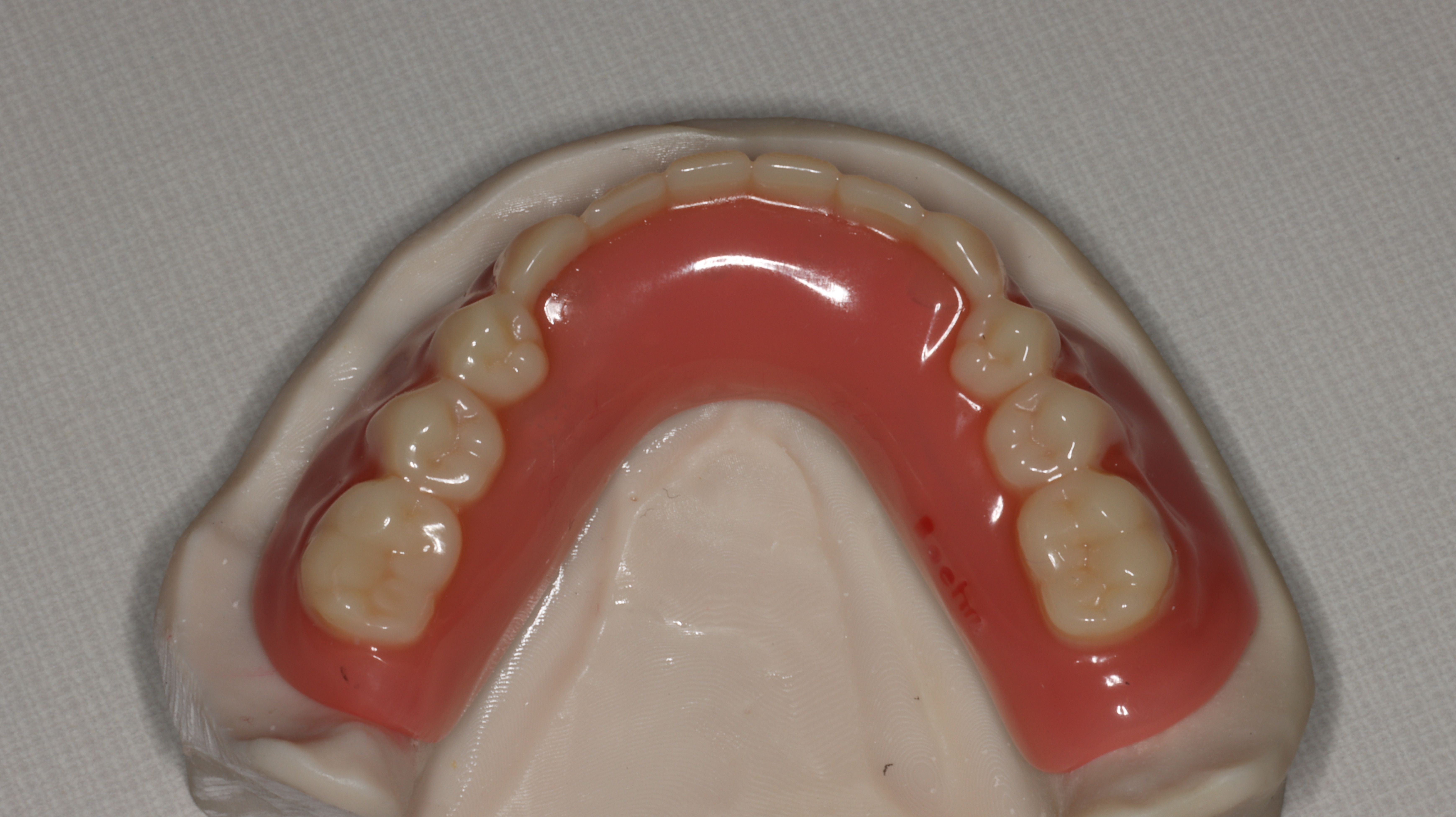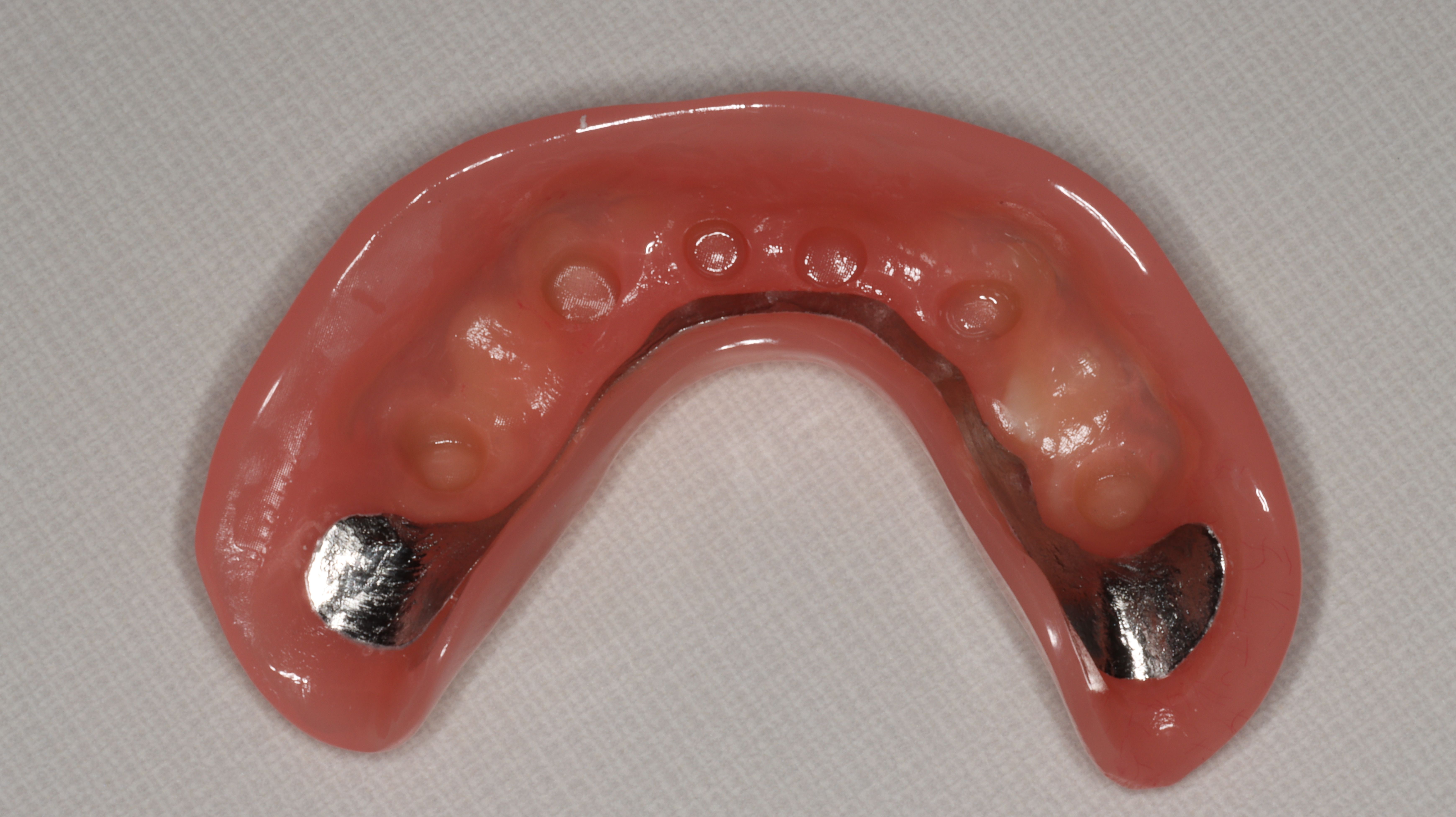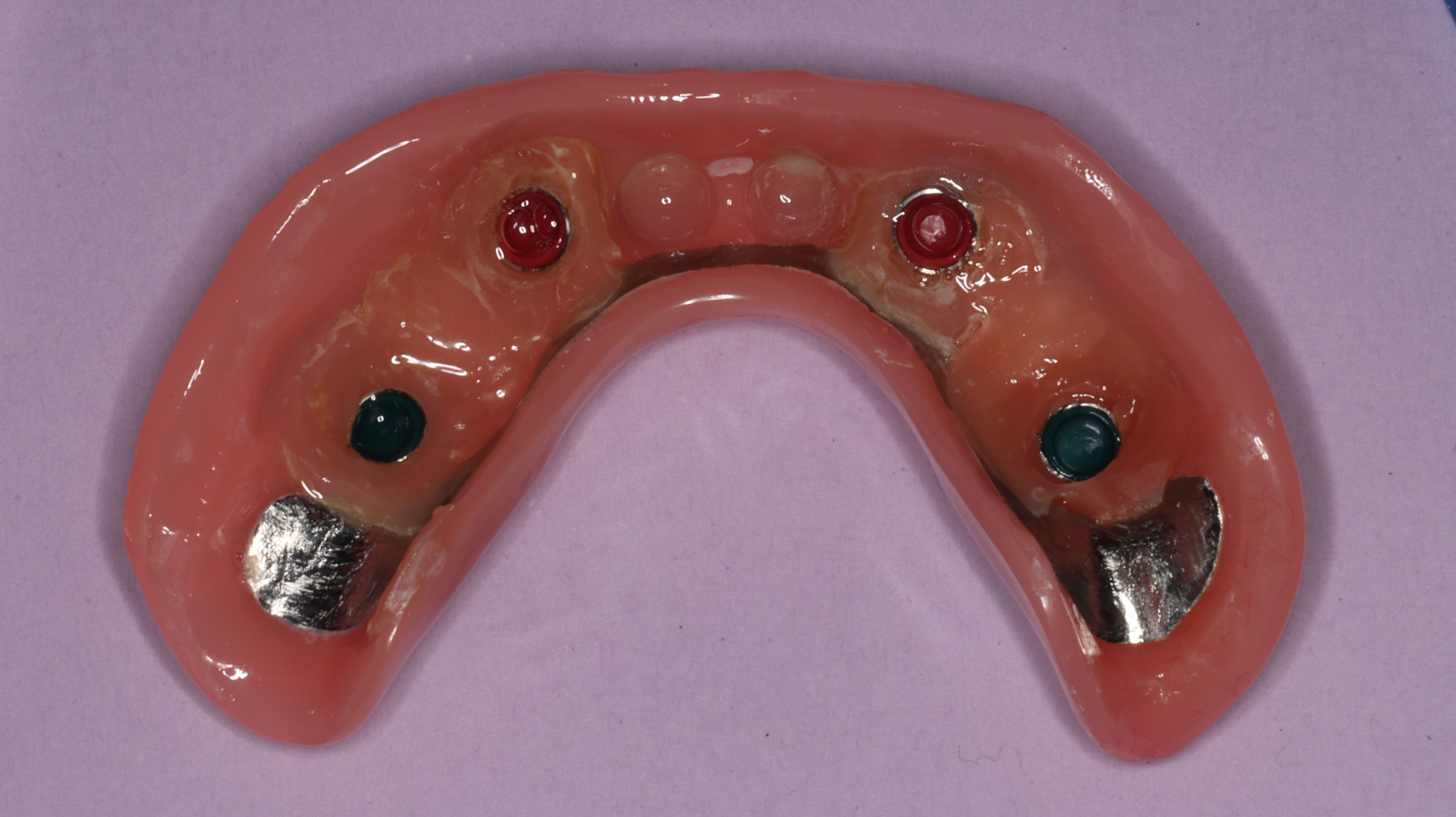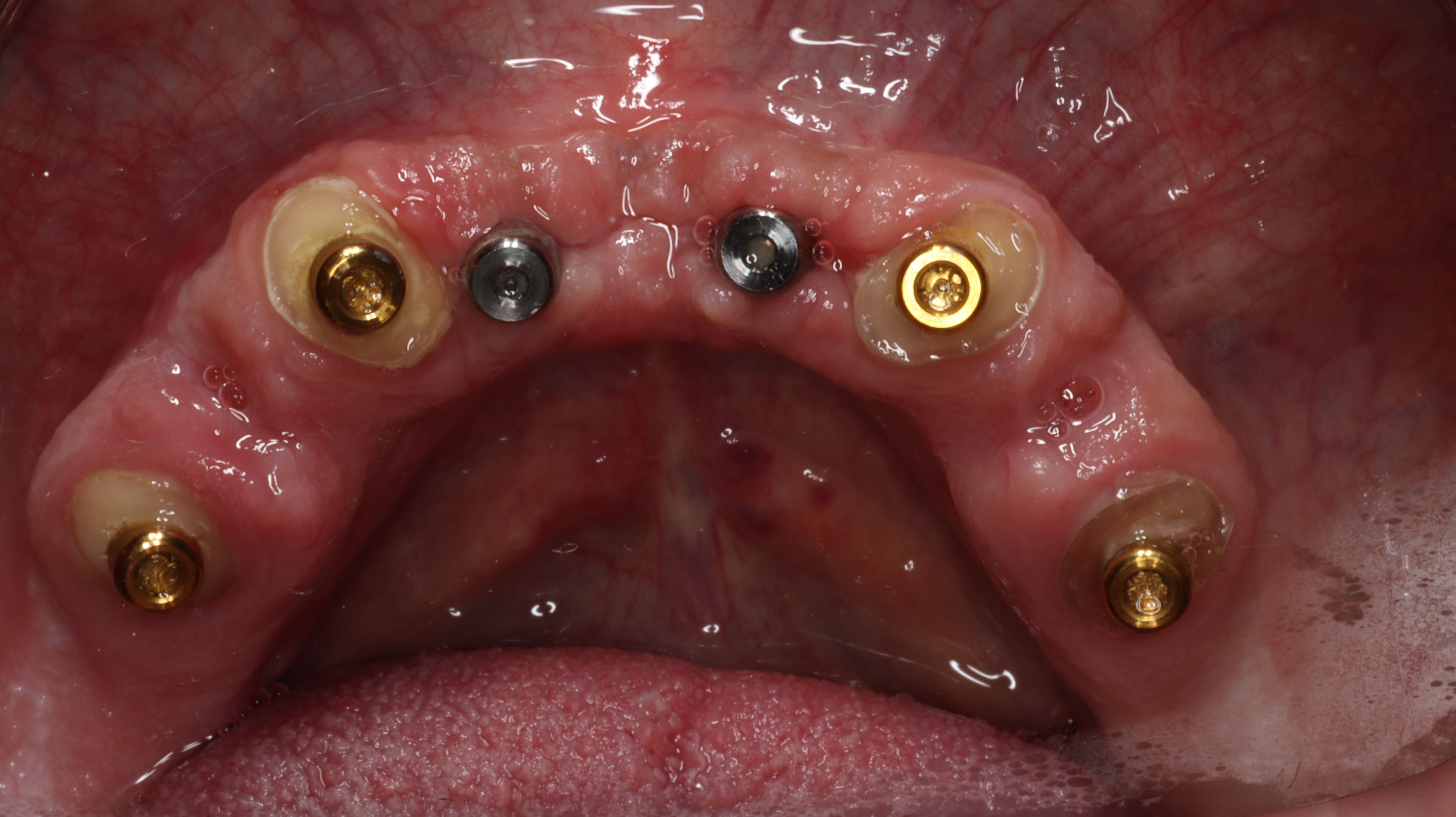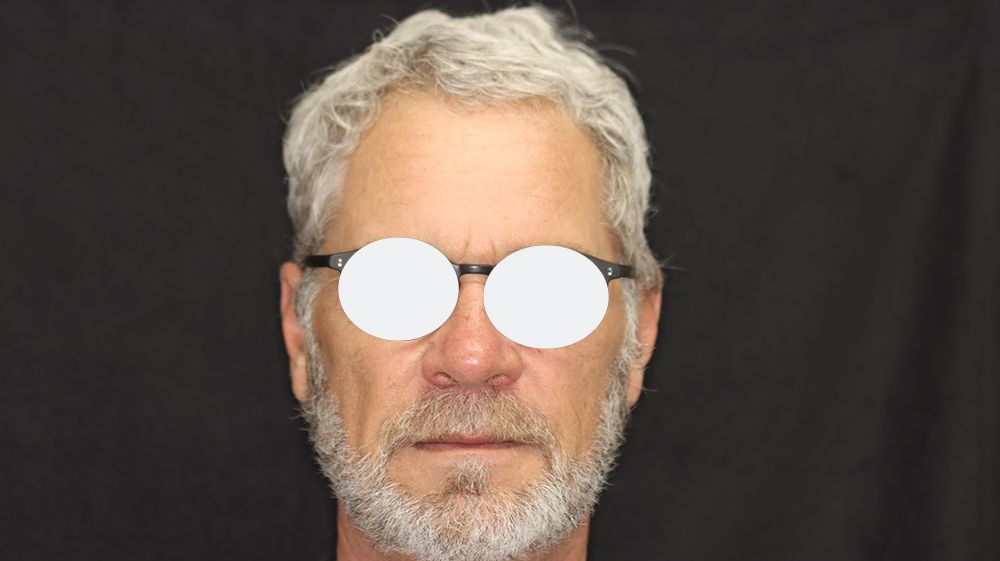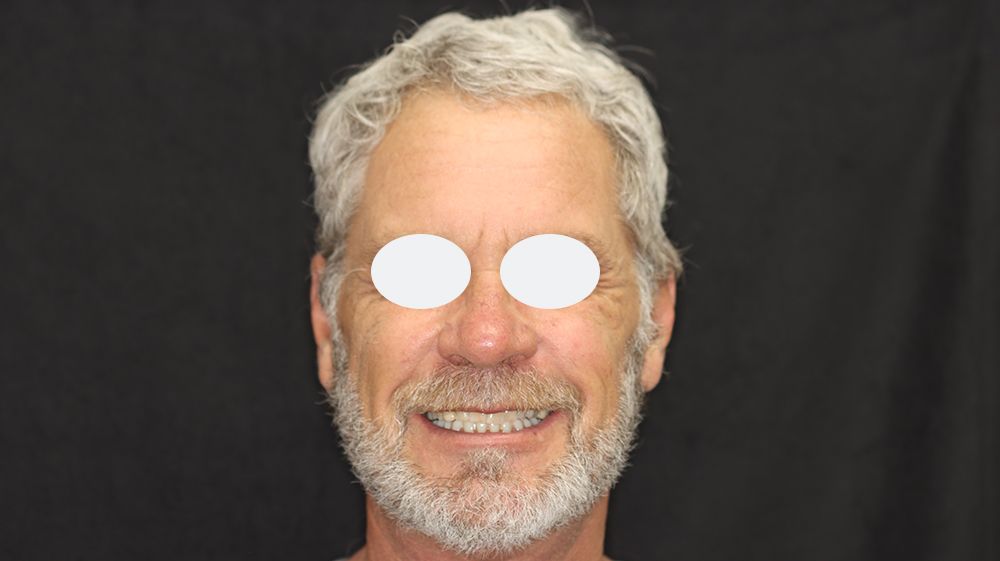Case Report: EndoPilot Technology Expedites Multidisciplinary Dental Therapies
Read this case study, sponsored by KOMET USA, to learn about technology designed to make multidisciplinary care more efficient.
Simplifying dental therapies that are predictable and reproducible for long-term success along with meeting the patients’ goals can be challenging. Combining multi-disciplinary dental treatments can be achieved with technology and the best quality rotary instruments provided by Komet USA.
Endodontic therapy and post- and core-restorative techniques will transform a potentially terminal dentition into a full arch restoration with minimizing chair time and delivering a less costly treatment plan to a budget-minded patient. The EndoPilot (motor and built-in apex location handpiece) and the F-360 endodontic rotary file system were designed by Komet USA to complete root canal preparations efficiently and swiftly, usually within approximately 3-5 minutes per canal. The design of the rotary file and its flexibility safely negotiates and prepares the canal to the apex of the tooth with exceptional accuracy utilizing 2 to 3 rotary files. This system allows for salvaging teeth that usually were extracted and treatment planned for either complete dentures or high fee all-on-X restorations.
Saving the roots with endodontic therapy of the natural dentition with locator root form attachments and overdenture restorations can service the patient for a considerable amount of time, as well as prepare the patient for future implant dentistry in the event the natural dentition must be extracted. The EndoPilot and F-360 rotary file system is a simplified, reproducible, and predictable endodontic therapy that provides joy for the clinician by reducing intra-canal negotiation and obturation times, therefore reducing chair time. Tortuous and curved root canals are easily negotiated utilizing the pre-sterilized, single-use files, which reduces the risk of the dreaded file separation due to over-worked files. The motor automatically sets the correct torque in the range of 250-300 rpm for the ISO color-matched nickel-titanium F-360 endodontic files. Extirpating and shaping the canal conservatively minimizes over-preparing the dentin and providing an exquisite 0.04 degree tapered final seal and fill.
The following case depicts the combination of endodontic therapy utilizing Komet USA’s EndoPilot with F-360 rotary files for overdenture removable prosthetics with root form locator attachments and dental implants.
Case Report: Mandibular overdenture with endodontic therapy (Komet USA), natural dentition root form locator attachments and Lodi dental implants (Zest Dental Solutions)
The pre-op panoramic image shows severe periodontitis in the maxilla and mandible (Figure 1). The patient initially accepted mandibular incisors to be extracted and a removable RPD. One year later he decided to accept an overdenture with a natural dentition root form locator-supported snap-on prosthesis primarily due to the uncomfortable nature of the removable partial denture. Many adjustments were made to the intaglio side of the RPD with multiple clasp tightenings, resulting in clasp fracture and decreased retention and stability (Figures 2-6)
Moving forward with a tissue and locator root form attachment-supported overdenture begins with endodontic therapy. The intention of salvaging the natural roots is to develop the foundation for the locators to be received by the tooth just like a post and core following endodontic therapy. Proper dental dam isolation is imperative for the endodontic therapy and the restorative elements of the snap-on restoration to succeed.
Access was developed utilizing an eight-round FG high-speed diamond bur. The preparation for access is conservative, allowing for visual acuity of the canal(s) and initial coronal one-third shaping of the canal with the F-360 initiator (Figures 7, 8).
The video in Figure 9 shows the preparation of the access openings for the canine and second bicuspid, working length determination with a #10 K-File and the series of two file preparation for the canals. The technique followed in this demonstration utilizes only a water-soluble peroxide gel. The F-360 files remove debris and dentin shavings very efficiently.
Throughout this procedure copious irrigation was not used, as too much irrigation can disturb the apex location handpiece and can be difficult to identify the final working length. Sodium hypochlorite irrigation was only used after the final file and working length was determined. The irrigation solution was allowed to remain in the canals for approximately ten minutes.
These two teeth will receive root form locators once the complete overdenture is fabricated. The same endodontic treatment and locator root form attachments were done on the other side, utilizing the canine and second bicuspid as well. The first bicuspids will be extracted at the time of the clinical crown reduction of the canines and the second bicuspids (coronectomy) with intra-oral cold cure pickup of the root form locators and overdenture housings. The four endodontic therapies for the mandibular canines and second bicuspids were completed in one appointment, with a total elapsed time of 43 minutes (Figure 9). The pre-op and post-op radiographs show the completed root canals worked up to 35-.04 tapered files (Figure 10).
After the EndoPilot and F-360 endodontic technique has been completed, the restorative workflow begins with analog poly-vinyl impressions along with digital impressions and bite registration. The two impression techniques help the dental laboratory confirm that all needed details have been captured. Once verification of the impressions and bite registration have been accepted, then the virtual setup can be evaluated. The overdenture can be processed with a cast metal reinforcement bar to ensure more stability (Figures 11-17).
The final overdenture prosthesis is completed and available for the coronectomy appointment along with cementation of root form locators, dental implant placement, extraction of the first bicuspids and cold cure intra-oral pickup of the locator attachments and overdenture housings. The intaglio surface of the overdenture in the locator attachment wells was prepared with a 4mm straight nose cone slow speed lab bur (Komet USA). This intaglio denture well preparation creates space for acrylic and a passive seat of the overdenture, assuring appropriate bonding of the housings during pick up (Figures 18, 19).
The video in Figure 20 shows the initial reduction preparation of the natural dentition (coronectomy) utilizing a carbide 700XXL FG high-speed bur. The preparation for the clinical crown reduction eliminates the tooth to the level of 1 mm above the crest of the gingival tissue and refined with an eight-round FG high-speed diamond bur.
The locator root forms were cemented into the endodontically-treated teeth, extractions were completed atraumatically with the assistance of the 700XXL carbide bur to improve purchase point and elevation of the first bicuspids, and Lodi dental implants were placed all in one appointment. The surgical sites were managed and sutured with 4-0 PTFE sutures (Figure 21).
The overdenture was seated, and cold cure pickup of attachments was completed, finished, and polished with a straight slow-speed handpiece. The dental implants will be loaded 12 weeks following placement to allow for osseointegration (Figure 22).
Following intra-oral pickup of attachments, the occlusion was verified and minimal occlusal adjustments were provided. Minimal occlusal adjustments are normal with digital denture sequencing due to the increasing accuracy of the virtual denture fabrication technology (Figure 23, ROE Dental Laboratory).
The patient was seen two weeks post-op surgery for evaluation of restorative cementation and intra-oral attachment pickup. The patient was doing well, without pain or soft tissue irritation due to the root form locator support providing retention and stability (Figure 24).
Self-esteem issues were evident with this patient. He felt uncomfortable when he was asked to smile pre-op (Figure 25). Once he had experienced the increased retention and stability of his Snap-on overdenture, his “Hollywood smile” was displayed (Figure 26).
Conclusion
Time is of the essence when it comes to delivering dental therapies to dental patients. The Komet USA EndoPilot motor and apex location handpiece and the development of the F-360 rotary files have increased the speed of completion for endodontic treatment significantly with accuracy, predictability, and reproducibility. The Komet USA high speed and slow speed burs help expedite procedural tasks as well as reducing chair time for the doctor and staff when completing restorative procedures. Dental practices and their patients certainly benefit from these technologies and products. Endodontics becomes more enjoyable and offers opportunities to expand the growth of the dental practice.

